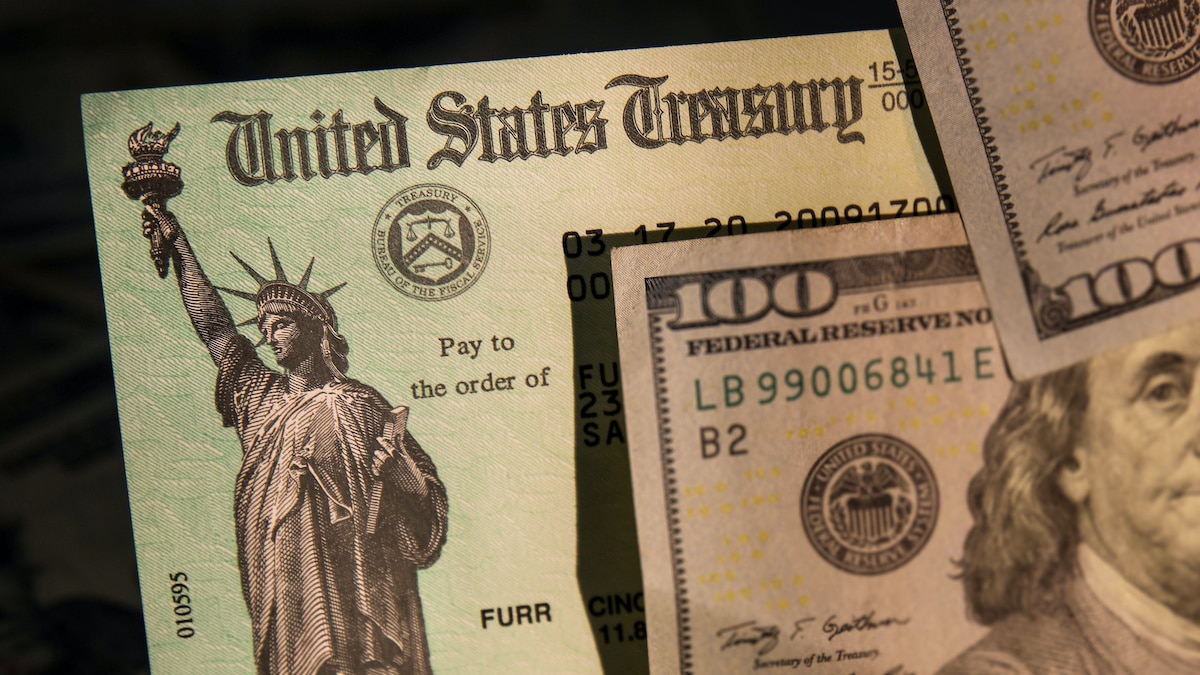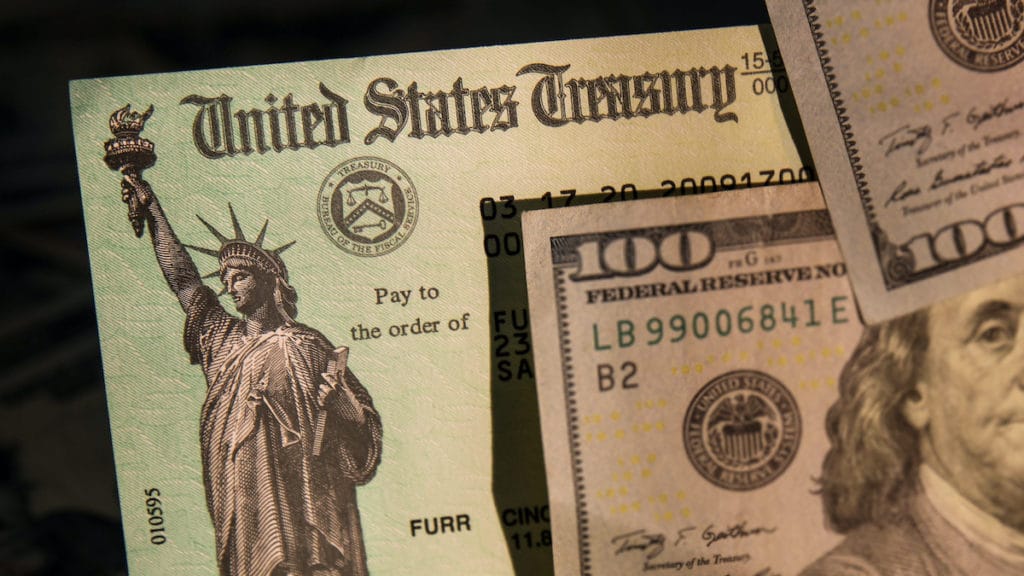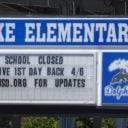
Who Is Eligible for an Economic Impact Payment, and When and How Will They Receive Them?

Millions of Americans have already or will receive stimulus checks as a result of the historic $2.2 trillion coronavirus relief bill. The Coronavirus Aid, Relief, and Economic Security Act — or the CARES Act — was signed by President Donald Trump on March 27.
Questions surrounding eligibility, the amount and timeframe of the checks, still remain for many impacted by efforts to mitigate the spread of COVID-19. Here is what you need to know about the coronavirus stimulus checks.
According to the internal payment schedule obtained by The Washington Post, the Internal Revenue Service (IRS) generated electronic checks on April 9 for the first wave of recipients. Depending on their bank, roughly 50 million Americans will receive their stimulus checks by April 14.
The IRS estimates 80% of tax filers will be able to easily receive the money because they have already shared their account information with the government. But that certainly doesn’t apply to every eligible recipient.
Below is a FAQ section taken largely from IRS.gov.
U.S. residents will receive the Economic Impact Payment of $1,200 for individual or head of household filers, and $2,400 for married filing jointly if they are not a dependent of another taxpayer and have a work eligible Social Security number with adjusted gross income up to:
• $75,000 for individuals
• $112,500 for head of household filers and
• $150,000 for married couples filing joint returns
Taxpayers will receive a reduced payment if their AGI is between:
•$75,000 and $99,000 if their filing status was single or married filing separately
• 112,500 and $136,500 for head of household
• $150,000 and $198,000 if their filing status was married filing jointly
The amount of the reduced payment will be based upon the taxpayers specific adjusted gross income.
Eligible retirees and recipients of Social Security, Railroad Retirement, disability or veterans’ benefits as well as taxpayers who do not make enough money to normally have to file a tax return will receive stimulus checks. This also includes those who have no income, as well as those whose income comes entirely from certain benefit programs, such as Supplemental Security Income benefits.
Retirees who receive either Social Security retirement or Railroad Retirement benefits will also receive payments automatically. Payments for this group are expected within two weeks after the first wave of payments on April 14.
Eligible individuals with adjusted gross income up to $75,000 for single filers, $112,500 for head of household filers and $150,000 for married filing jointly are eligible for the full $1,200 for individuals and $2,400 married filing jointly.
In addition, they are eligible for an additional $500 per qualifying child.
For filers with income above those amounts, the payment amount is reduced by $5 for each $100 above the $75,000/$112,500/$150,000 thresholds. Single filers with income exceeding $99,000, $136,500 for head of household filers and $198,000 for joint filers with no children are not eligible and will not receive stimulus checks.
No additional action is needed for taxpayers who have already filed their tax returns this year for 2019 or for taxpayers who haven’t filed yet for 2019 but filed a 2018 federal tax return. The IRS will use the information for whichever year last filed to calculate the payment amount.
No additional action is needed for recipients of Social Security — to include Social Security Disability Insurance (SSDI) — and Railroad Retirement who are not typically required to file a tax return.
There are other eligible individuals such as low-income workers and certain veterans and individuals with disabilities who aren’t required to file a tax return. Check the IRS.gov tool – Do I Need to File a Tax Return? – to see if they have a filing requirement.
The IRS will soon provide guidance for these individuals on the steps to take to get their payment as soon as possible.
The IRS plans to mail a letter about the stimulus checks to the taxpayer’s last known address within 15 days after the payment is paid. The letter will provide information on how the payment was made and how to report any failure to receive the payment. If a taxpayer is unsure they’re receiving a legitimate letter, the IRS urges taxpayers to visit IRS.gov first to protect against scam artists.
The IRS urges taxpayers to be on the lookout for scam artists trying to use the economic impact payments as cover for schemes to steal personal information and money. Remember, the IRS will not call , text you, email you or contact you on social media asking for personal or bank account information – even related to the economic impact payments. Also, watch out for emails with attachments or links claiming to have special information about economic impact payments or refunds.






